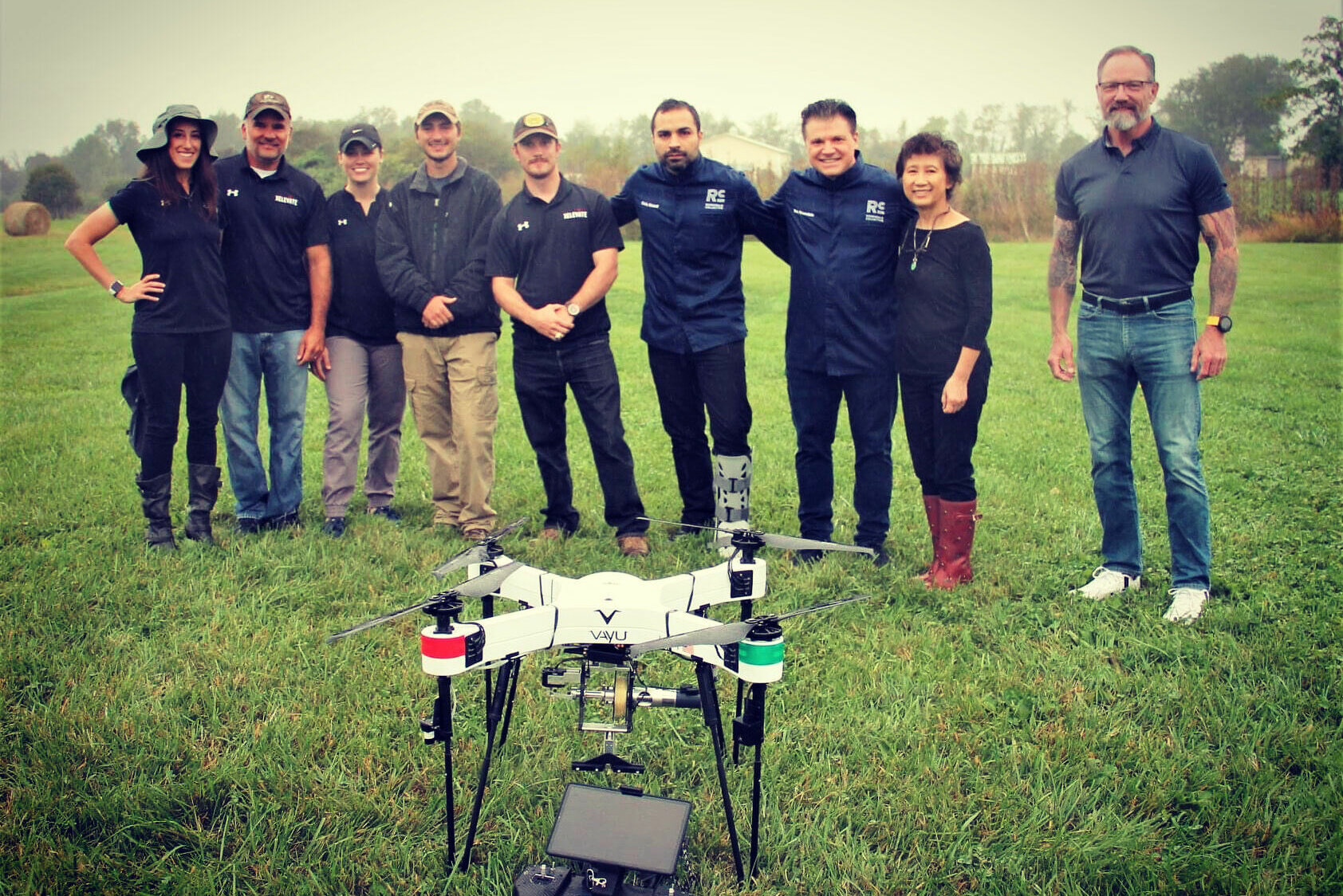As a massive investment to repair roads and adapt to climate change faces an uncertain fate in Congress, a new report finds much of the country’s infrastructure is already at risk of being shut down by flooding. And as the planet heats up, the threat is expected to grow.
Today, one-in-four pieces of all critical infrastructure in the US — including police and fire stations, hospitals, airports and wastewater treatment facilities — face substantial risk of being rendered inoperable by flooding, according to a new report released today by the First Street Foundation, a nonprofit research and technology group that assesses the threat posed by flooding across the country.
The report also found nearly 2 million miles of road — 23% of US roadways — are already at risk of becoming impassable due to flooding.
To provide what First Street says is the fullest picture to date of community-level flood vulnerability, the researchers examined five categories across the Lower 48 and the District of Columbia: Critical infrastructure; social infrastructure, including museums, government buildings and schools; roads; commercial properties; and residential properties.
The report used estimates of operational flood risk from official governing bodies to determine the amount of inundation it would take to knock different types of facilities or services offline. The researchers then overlaid the kinds of flood events that can be expected in an area at least once every two years to gauge community risk.
First Street’s past reports have focused on the unknown risk of flooding faced by US homeowners, and the inadequate flood insurance coverage many of them have or, often, don’t have. Experts say comprehensive assessments like the new report are critical as the country weighs how to adapt to a climate-altered future.
“Even if your home is safe and secure from a specific intensity of flooding, if flooding is becoming more common and destructive in your community, your property value may be threatened too,” said Hamed Moftakhari, an assistant professor of environmental engineering at the University of Alabama, who was not involved with the First Street report.
Where flood risk is greatest today
If there is a ground zero for flood danger in the US, it is Louisiana.
The state is home to six of the top 20 most at-risk counties in the country. Cameron Parish in southwest Louisiana is the most vulnerable county in the US, followed closely by Orleans Parish, which includes New Orleans.
Jeremy Porter, First Street’s head of research and development, said while New Orleans has adapted its infrastructure and levees to hold off stronger storms, continued sea level rise and more destructive hurricanes could eventually overwhelm the city’s current defenses.
“It’s going to have to continually be updated as the environment changes in the future,” Porter said. “The infrastructure that’s in place today isn’t going to protect New Orleans in five, 10, 15 years. That’s only going to get worse as sea level rises, as storms not only become more frequent but become stronger.”
In both Cameron and Orleans Parish, the report finds more than 94% of all critical infrastructure — including police and fire stations, which are critical to emergency response operations after disasters like hurricanes — are at risk of being knocked offline.
Florida is also home to some of the most flood-prone counties in the country, but flood risk isn’t confined to coastal areas. Many areas in Appalachia, like McDowell County in West Virginia and Johnson County in Kentucky, are also among the most at-risk because of the growing threat of heavy rain, the First Street researchers said.
As the planet warms due to human-caused climate change, a warmer atmosphere can hold more water, which makes extreme rainfall events dumping massive amounts of water in short periods of time more likely.
Flooding is already the most common and costly disaster in the US, according to congressional testimony this year from FEMA deputy associate administrator David Maurstad.
“Because of the impacts of climate change, there are communities across the US that are going to have tough decisions in the years to come because of sea level rise and intensity of storms,” Maurstad told CNN. “It’s not just the coast of Louisiana.”
A bill to help ease flood risk
President Joe Biden’s $1.2 trillion bipartisan infrastructure bill contains billions for flood mitigation and coastal restoration from storms. The Senate version of the bill contains $7 billion for the Army Corps of Engineers and $3.5 billion for FEMA’s Flood Mitigation Assistance program, as well as millions more for National Oceanic and Atmospheric Administration programs to make coastal communities more resilient for storms.
The bipartisan bill also contains billions in funding to improve roads and power infrastructure, and to make the energy grid more modern and resilient to strong storms.
The bill was negotiated in part by Republican Sen. Bill Cassidy of Louisiana, who has been touting how it will help vulnerable coastal communities recover from storms and prepare for future ones.
But some of Cassidy’s fellow Republicans in the House and Senate disagree. House Minority Whip Steve Scalise of Louisiana, who represents three out of the report’s top five communities in the US with the most flood risk, is opposed to the bill.
Louisiana’s lone Democratic member of Congress, Rep. Troy Carter, told CNN in a statement he wants to see the infrastructure bill passed.
“I remain hopeful that our Louisiana delegation will not throw the bipartisan history of infrastructure negotiations out the window,” Carter told CNN. “I’m grateful that Sen. Cassidy stands with me in this effort. I don’t plan to return to my constituents empty-handed.”
Spokespeople for Scalise and Rep. Clay Higgins — a Republican who represents Cameron Parish — didn’t return CNN’s requests for comment on how they would prefer help flood-prone communities in their districts.
It’s going to get worse
The threat of flooding is growing rapidly in the United States. A series of devastating floods this summer killed dozens of people and caused billions of dollars in damages from Louisiana to Tennessee and New York City.
And as global warming melts ice sheets, raises sea levels and tilts the odds in favor of more extreme rainfall events, the risk will grow in many more communities, the First Street report found.
Over the next 30 years, the number of residential properties at risk of flooding is expected to grow from 12.4 million today to 13.6 million by 2051, the report says. For critical infrastructure and commercial properties, the number of vulnerable facilities are projected to grow by 6% and 7% respectively over the next three decades.
Geographically speaking, the report found flood threats will increase most along the Atlantic and Gulf coasts, but significant increases in vulnerability are also projected across large portions of the Pacific Northwest.
The-CNN-Wire
 & © 2021 Cable News Network, Inc., a WarnerMedia Company. All rights reserved.
& © 2021 Cable News Network, Inc., a WarnerMedia Company. All rights reserved.
Source









